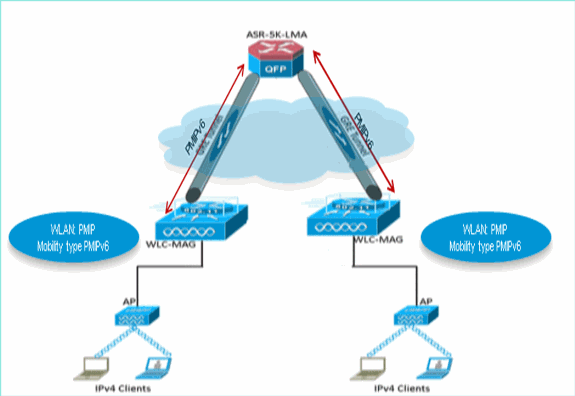Dhcp Client Simulator Software
Hi, I have a new network switch that after some days of running we suspect is not passing dhcp packets correctly. But it is hard to confirm the pattern so I can return it for a new one (we have four switches of this model - SMC8024L2 - but this is only one giving problems). So I was looking to run some DHCP requests through it repeatedly. I want these requests to appear to come from different unique clients that the dhcp servers and switch will know nothing about, as switch seems to have issues mostly with new clients connected to it, or possibly when leases have expired. Does anyone know of such software for Windows? ( I did find something for Mac's, ipnetmonitorx - dhcp test, but we don't have any Mac's available).
Thanks, Bryce Stenberg. You can renew the lease from the command line with ipconfig /renew and you can put a bunch of them in a batch file, to perform a number of these. However, to programatically excersize the DHCP server, you'll need to modify the MAC address of the network card, connect and get an IP address, lather, rinse, repeat. I took a look on the 'net and found a program that says it will change your MAC. I know nothing about it macshift, but running the macshift program, then running ipconfig /renew repeatedly is what you're looking for. You can renew the lease from the command line with ipconfig /renew and you can put a bunch of them in a batch file, to perform a number of these. However, to programatically excersize the DHCP server, you'll need to modify the MAC address of the network card, connect and get an IP address, lather, rinse, repeat.
I took a look on the 'net and found a program that says it will change your MAC. I know nothing about it macshift, but running the macshift program, then running ipconfig /renew repeatedly is what you're looking for. Thanks for all the suggestions - bytesnagger: sorry I don't know perl. Beyluxe messenger multi login. John White: seemed to only report dhcp state. Hssc5775 - also only seemed to report state. Panda - too complicated for me. Mpk:: thanks for your suggested tool 'macshift' - worked well and I was able to get packet captures of the failing ports on the switch using it.
I did get a blue screen at one point and haven't been able to return my mac address back to its orginal address (probably due to the crash) but no biggy. Good suggestion. Regards, Bryce Stenberg.
Dhcp Client Request

Network Administration: Configuration of a Windows DHCP Client Configuring a Windows client for Dynamic Host Configuration Protocol (DHCP) is easy. The DHCP client is automatically included when you install the TCP/IP protocol, so all you have to do is configure TCP/IP to use DHCP. To do this, bring up the Network Properties dialog box by choosing Network or Network Connections in the Control Panel (depending on which version of Windows the client is running).
Linux Dhcp Client
Then, select the TCP/IP protocol and click the Properties button. This brings up the TCP/IP Properties dialog box, as shown in the illustration below. To configure the computer to use DHCP, select the Obtain an IP Address Automatically option and the Obtain DNS Server Address Automatically option. Automatic Private IP Addressing If a Windows computer is configured to use DHCP but the computer can’t obtain an IP address from a DHCP server, the computer automatically assigns itself a private address by using a feature called Automatic Private IP Addressing (APIPA).
APIPA assigns a private address from the 169.254.x.x range and uses a special algorithm to ensure that the address is unique on the network. As soon as the DHCP server becomes available, the computer requests a new address, so the APIPA address is used only while the DHCP server is unavailable. Renewing and releasing leases Normally, a DHCP client attempts to renew its lease when the lease is halfway to the point of being expired. For example, if a client obtains an eight-day lease, it attempts to renew the lease after four days.
However, you can renew a lease sooner by issuing the ipconfig /renew command at a command prompt. You may want to do this if you changed the scope’s configuration or if the client’s IP configuration isn’t working correctly. You can also release a DHCP lease by issuing the ipconfig /release command at a command prompt.
When you release a lease, the client computer no longer has a valid IP address. This is shown in the output from the ipconfig /release command: C:ipconfig /release Windows IP Configuration Ethernet adapter Local Area Connection: Connection-specific DNS Suffix.: IP Address.: 0.0.0.0 Subnet Mask.: 0.0.0.0 Default Gateway.: Here, you can see that the IP address and subnet masks are set to 0.0.0.0 and that the Default Gateway address is blank. When you release an IP lease, you can’t communicate with the network by using TCP/IP until you issue an ipconfig /renew command to renew the IP configuration or restart the computer.